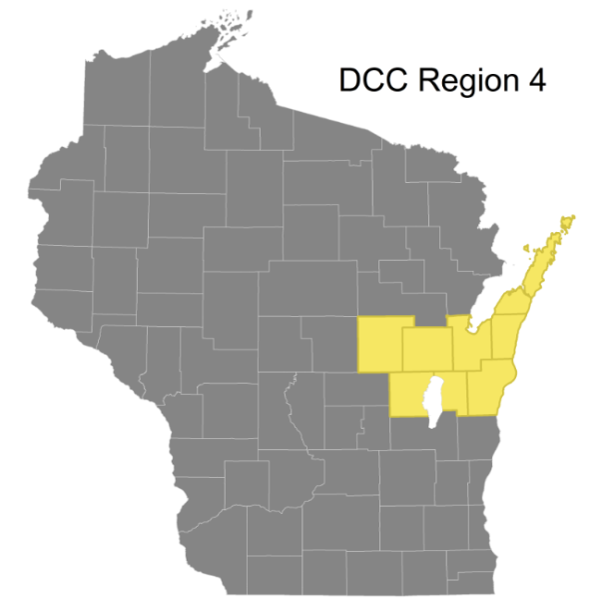Getting Started
Overview
To combat growing opioid abuse and addiction in the state, Wisconsin’s 2015-2017 state budget included $1.6 million for the Department of Corrections (WI DOC) to create and pilot an opioid use disorder treatment program. The funding required the inclusion of Medication Assisted Treatment (MAT) for offenders under the agency’s care, specifically with naltrexone.
The utilization of MAT in correctional settings varies widely among states. Some agencies treat community corrections populations while other states treat incarcerated populations in prisons or in jails. WI DOC’s program will treat both incarcerated and community populations to reach the greatest number of individuals in need.
Research suggests that successful treatment of individuals with an opioid use disorder is based on a regimen of both MAT and cognitive behavioral therapy (CBT). Combined, MAT and CBT treatment ranges from $1,500 to $2,500 per month. Targeting the specific needs of the individuals helps to focus the funding and resources to increase program efficacy. The first step to formulating a successful program is finding community partners, treatment providers, and other stakeholders. WI DOC does not provide direct treatment services to individuals in the community, so developing partnerships with providers was a critical component of beginning the program.
Another key element to creating a successful program is education. Attending trainings, speaking with providers, and collaborating with MAT and CBT experts is integral to understanding the opioid epidemic and addressing this public health crisis.
Wisconsin Model
Funding for our program was to provide MAT, specifically with naltrexone (Vivitrol). Vivitrol is a once monthly injection that curbs the cravings for opioids thereby allowing an individual to focus on treatment and other aspects of their sobriety.
We focused our pilot program in a specific geographic section of the state which research showed had a marked increase in heroin-related arrests and was outpacing the rest of the state. The geographic area includes the metropolitan areas of Green Bay, Oshkosh, Neenah/Appleton and covers eight counties in Northeastern Wisconsin.
 The program treats individuals incarcerated and nearing prison release who may or may not have completed AODA programming prior to release from prison. For those individuals releasing from prison, we provide their first MAT seven to ten days prior to release. Other programs that we spoke to indicated that providing the first injection prior to release from prison can curb the desire to use when the individual is released and can save lives because the potency of heroin has increased.
The program treats individuals incarcerated and nearing prison release who may or may not have completed AODA programming prior to release from prison. For those individuals releasing from prison, we provide their first MAT seven to ten days prior to release. Other programs that we spoke to indicated that providing the first injection prior to release from prison can curb the desire to use when the individual is released and can save lives because the potency of heroin has increased.
We also treat individuals on community supervision who have either self-identified with an opioid use disorder or who have been arrested for an opioid-related crime.
We specially trained a group of probation and parole agents on opioid use disorders so that they could address the special needs of these individuals. The agent is a conduit between the offender and the treatment provider and connects the offender to resources in the community.
Participants must volunteer to be part of the pilot program because of the medication involved.
Again at the time we were starting our program, there were few models or best practices available for us to base our model on. Other state corrections agencies had programs of varying lengths. We decided that treating an individual for 12 months would provide them with the tools, resources, treatment, and medication that would set them up for successful sobriety.